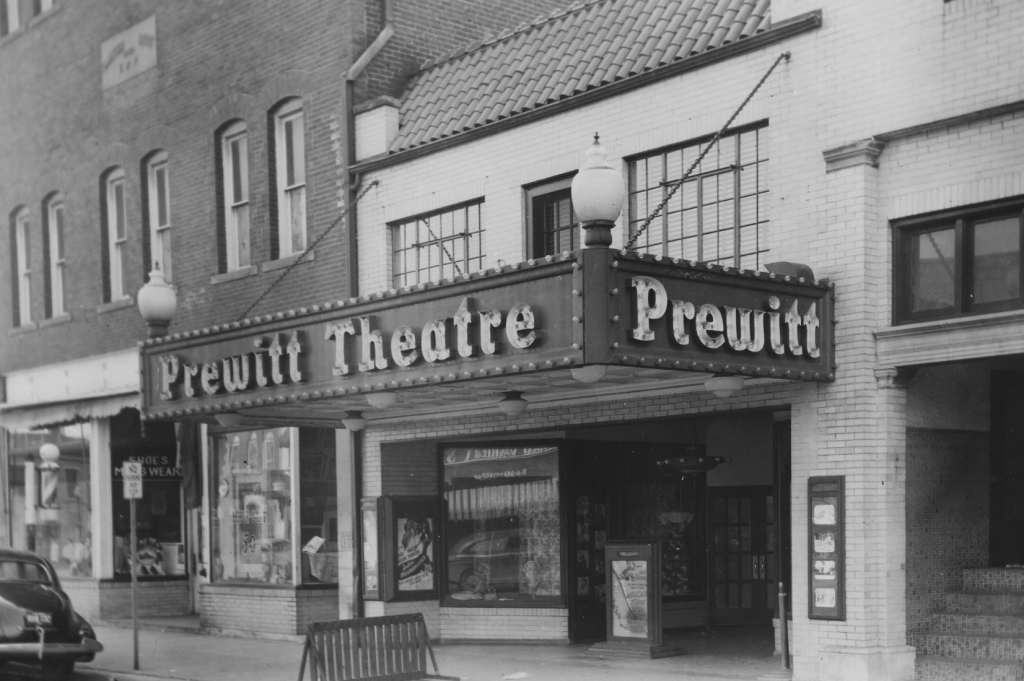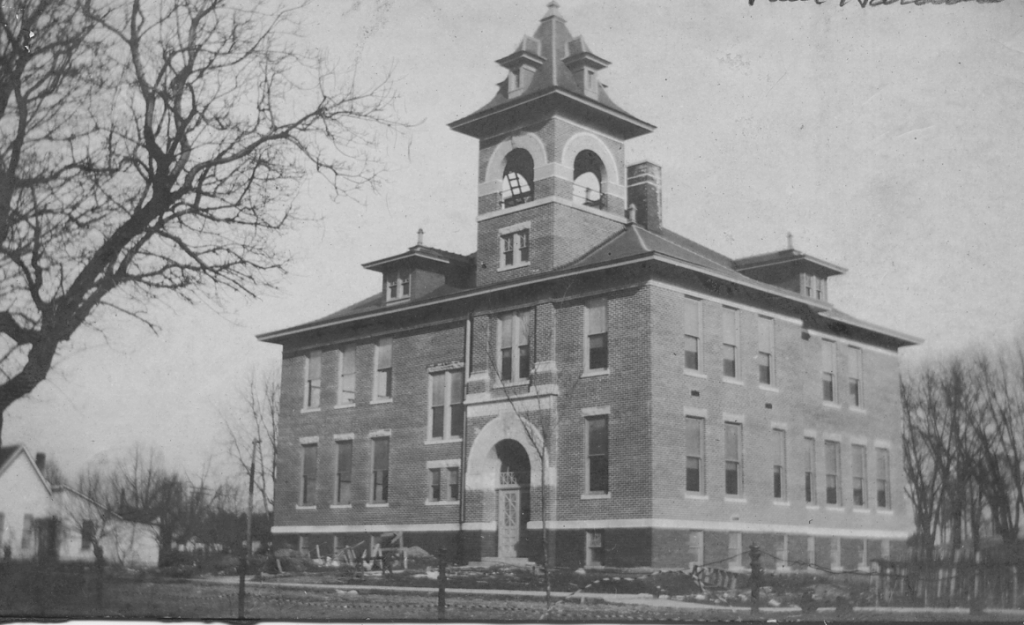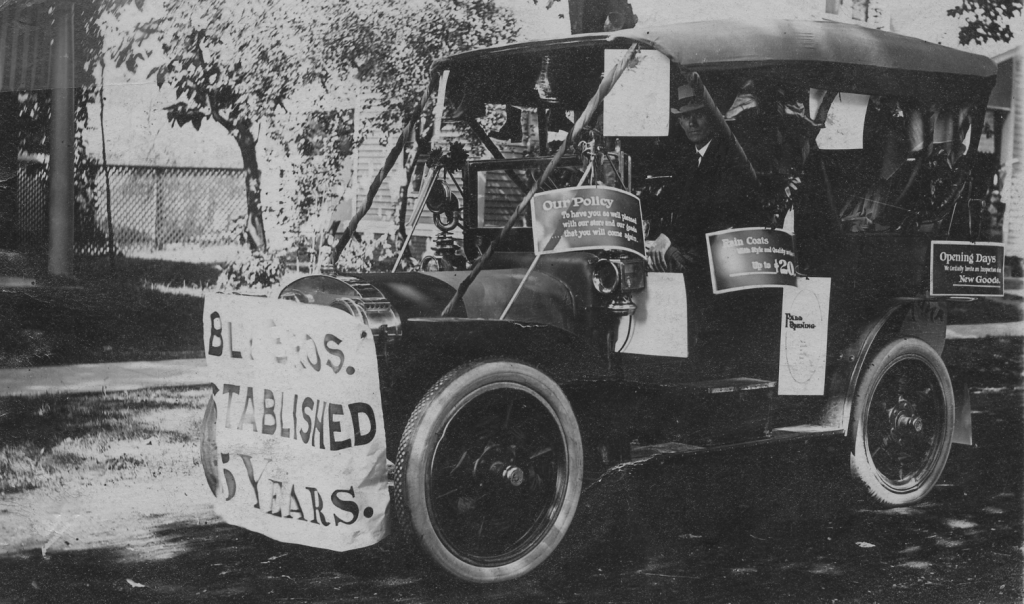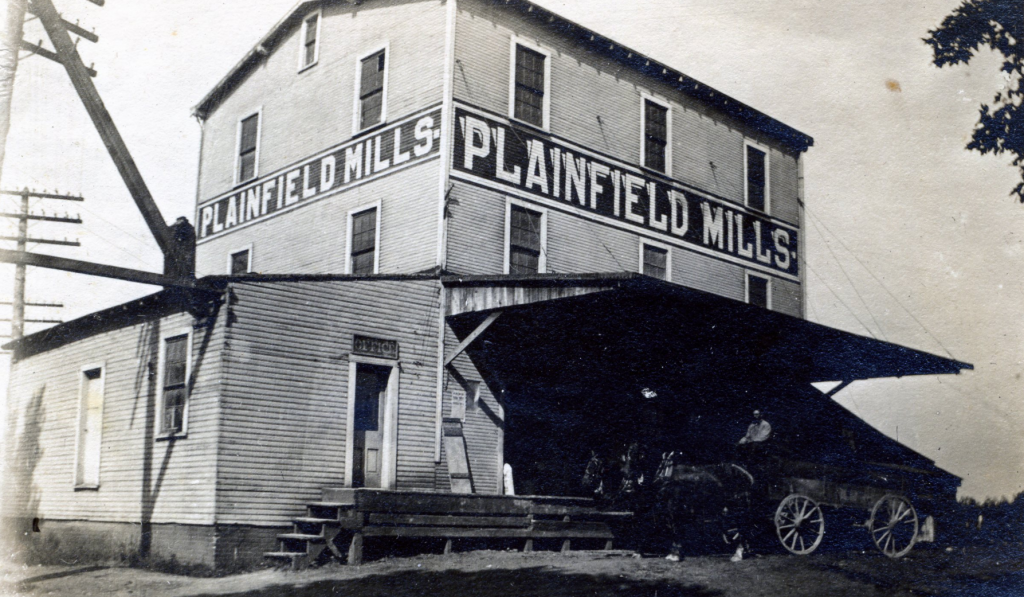Writer: Christy Heitger-Ewing
Photos by Plainfield-Guilford Township Public Library
If you’re looking to be mesmerized, entertained and transported back in time, befriend a librarian. That’s what I did recently when I met Reann Poray, Manager of the Indiana Room (Local History/Genealogy Services) at the Plainfield Library. Poray worked at the Plainfield Library first as a student and later (starting in 2001) as a professional. Needless to say, through the years she’s collected a great deal of knowledge when it comes to Plainfield’s rich history.
The town got its name from a group of Quaker pioneers, who came from North Carolina in 1820 and settled in the White Lick Creek area south of what is now Plainfield. They named their new township “Guilford” after their former home in Guilford County.
“The 1827 survey for the National Road, just north of their settlement, encouraged other North Carolina Quakers, who wanted to avoid slavery problems in the South, to move here,” says Poray, noting that the early Quakers established several meetinghouses throughout the county, including the Western Yearly Meeting of Friends. The Plainfield Friends building, located at 105 South East Street, was built and the first Western Yearly Meeting was held in 1858.
“Yearly Meetings were established to hold a larger gathering of Quakers in an area,” Poray says.
 Though yearly meetings used to be held only in Richmond, Indiana, once folks on the western side of the state began to weary of travel, the Western Yearly Meeting in Plainfield was established. Early Quakers established several Friends meeting houses in the Guilford Township area, including Sugar Grove, Fairfield and Bridgeport.
Though yearly meetings used to be held only in Richmond, Indiana, once folks on the western side of the state began to weary of travel, the Western Yearly Meeting in Plainfield was established. Early Quakers established several Friends meeting houses in the Guilford Township area, including Sugar Grove, Fairfield and Bridgeport.
“The meeting used to last about a week, with people coming from Indiana and Illinois to conduct business and hear speakers,” Poray says. “In early days, it was a social event for the entire Plainfield community, whether Quaker or not.”
Plainfield folks still gather today on the first Wednesday of each month for a lunch and a sharing of “old-time” stories.
“There’s a group of Plainfield old-timers who gather at noon at St. Marks Episcopal Church on Buchanan Street,” Poray says. “They have a speaker at each meeting and then just sit around and recounting the good old days.”
In 1839, Plainfield was incorporated as a town. The incorporation charter was given up more than a decade later after unsuccessful attempts at town government, and the town returned to township government. On May 16, 1904, Plainfield again voted in favor of incorporation. The vote total was 319 with 190 in favor and 129 not in favor. Plainfield was officially incorporated.
If you love a good political or horse story, Poray shared a doozy that combines the two. The National Road was completed in Plainfield in 1830, prompting rapid settlement and development of the area. The National Road was converted to planks in 1850, then paved in 1923.
President Martin Van Buren had vetoed a bill passed by Congress to improve the highway, and the residents of Plainfield didn’t forget this action. Van Buren was beginning his campaign for the 1844 election when he decided to visit the Midwest. He stayed with Governor Samuel Biggers on June 11, 1842. Two days later, he left Indianapolis for Terre Haute on a mail stage operated by a Plainfield company. Instead of walking the horse team the last half mile into town, down the east hill, the driver sped them into a gallop in order to purposefully dump Van Buren from his carriage out into a muddy section of the National Road.
Resident Emma Hiss’s mother, who was 11 years old at the time, was an eyewitness to the scene. She recorded the following account: “As the presidential stage neared a treacherous mudhole, a favorite wallow for hogs, the driver yanked hard on his left rein. The team reared and backed. The carriage slewed around to the left, its wheels cut under, climbed the bank and finally banged against the roots of a great tree. Slowly — very slowly — the stage overturned to land with a splash in the center of the wallow. The agile driver jumped to safety.”
According to Poray, this is why there is an historical marker rock on the lawn of the Friends Church. It marks the spot where the elm tree stood and where Van Buren was tossed. For many years the Van Buren Elm stood as a snapshot to a piece of history. Sadly, the tree was damaged in a storm in 1929 and taken down.
“This incident is why we have Van Buren Elementary School and, previously, the Van Buren Hotel,” Poray says.
Through the decades, the town of Plainfield has changed considerably in terms of population growth and economic advancement. According to the U.S. Census Bureau, in 1910 the population of Plainfield was 1,303 — a number that grew to 30,590 by 2015.
“Plainfield has gone from a small, rural town to a larger suburban town with a small-town feel,” says Poray, noting the 20 miles of popular trails the Town of Plainfield Parks has developed. Many of the trails, which draw pedestrians from Plainfield, Avon, Danville, Brownsburg, are connected, making for safe exercising for pedestrians, bikers and parents with strollers. According to the Town of Plainfield’s website, Hummel Park, Anderson Park, Swinford Park, Friendship Gardens, Franklin Park, and the Plainfield Recreation & Aquatic Center are all located in or adjacent to the White Lick Creek floodway. The Vandalia Rail extends east and west along the old Vandalia Railbed. The Sugar Grove Trail extends west from Hummel Park to include several subdivisions
Though Plainfield is recognized for its beautiful exercise trails, according to Poray, historically, Plainfield is best known for the Indiana Boys School, which was created in 1867 as a House of Refuge for juvenile boys. Located on U.S. Route 40 just outside of Plainfield, for 138 years it served as a correctional institution for adolescent boys.
“The school turned into more than just a place to house delinquents,” Poray says. “It was a self-sustaining institution. They taught the boys vocations, which also helped provide for the running of the place — gardening, farming, dairying, printing, barbering, making leather goods, show making, baking, doing laundry — all this in addition to providing an education for them with proper schooling.”
For more on Plainfield, visit townofplainfield.com.








